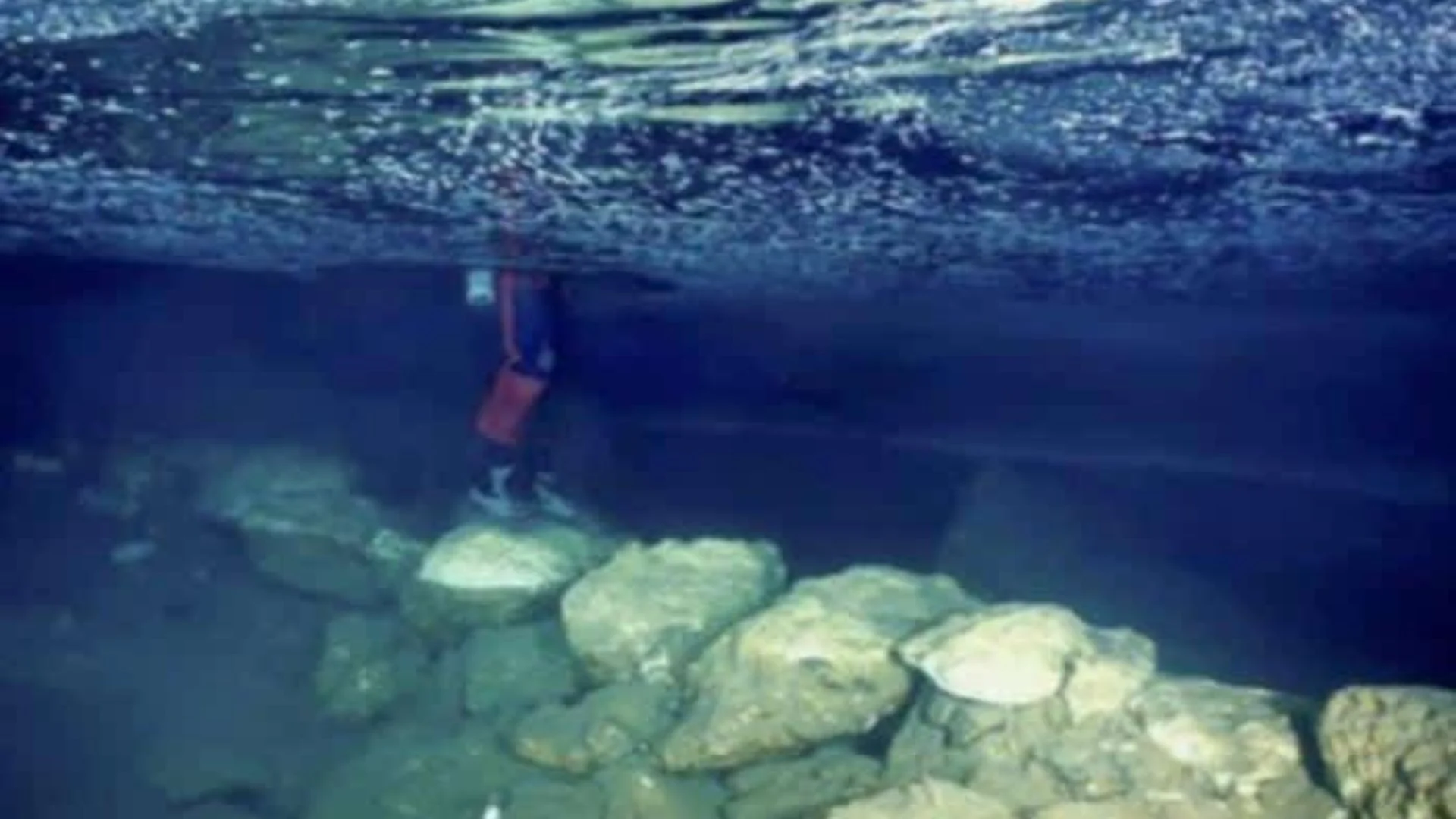A submerged limestone bridge discovered in Genovesa Cave on Mallorca, Spain, has revealed new evidence that humans may have inhabited the island much earlier than previously thought. The findings, published in the journal “Communications Earth & Environment”, shed light on the timeline of human settlement in the western Mediterranean, narrowing the historical gap between eastern and western regions.
Historic Bridge Unveils New Timeline
The 25-foot-long bridge, made of large limestone blocks, was found to have been constructed nearly 6,000 years ago. This estimation is based on a “bathtub ring” of mineral deposits and the structural features of the bridge, which have been carefully analyzed by researchers. Despite being discovered in 2000, the bridge’s true age was only recently determined, surpassing earlier estimates of 3,500 years.
Challenges in Ancient Construction
The construction of the bridge remains a mystery, particularly due to the challenging environment of the cave. Researchers believe the bridge may have been built to provide a dry pathway, connecting the cave’s entrance to a chamber beyond a subterranean lake. The methods used by ancient builders to construct this structure are still unknown.
Previous Theories and New Insights
Initial studies, based on pottery found in the cave, placed human presence on Mallorca at around 9,000 years ago. However, due to the lack of well-preserved materials, this estimate was met with skepticism. Recent studies examining ash, bones, and charcoal deposits suggested a more conservative timeline of around 4,440 years ago. By analyzing sea level changes and mineral deposits, researchers have now determined that the bridge likely dates back 6,000 years.
Uncertain Purpose and Further Research
The exact purpose of the bridge and the cave remains unclear, though theories suggest it may have been used as a refuge, a ritual site, or for food storage. Fossil remains of the extinct goat species “Myotragus balearicus” and pottery found near the bridge support the idea of early human activity in the area.
Further research is being conducted to understand why Mallorca was settled later than other Mediterranean islands. The island’s harsh climate, poor farming conditions, and limited natural resources may have deterred early settlers, according to researchers.























